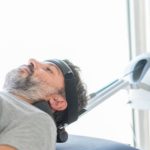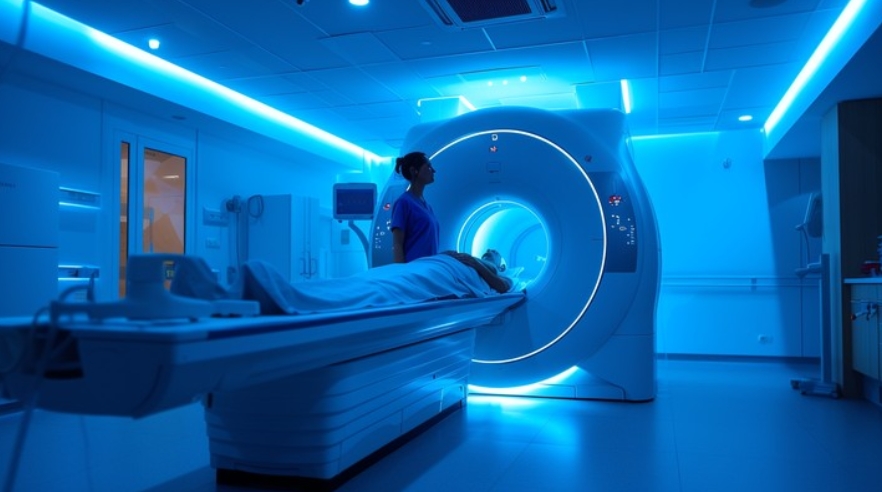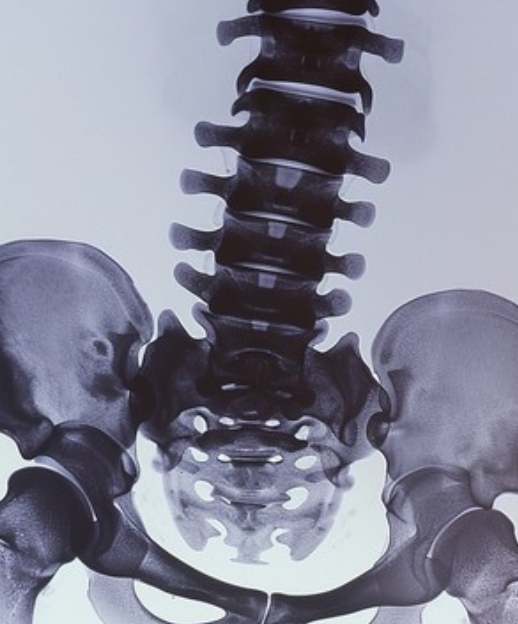Direction for Spinal Manipulation in Patients with Radiculopathies
Determining the appropriate direction for spinal manipulation or mobilization in patients presenting with painful radiculopathies remains a common challenge for physiotherapists. Two clinical methods are widely recognized for addressing this challenge: direction-sensitive guided H-reflex testing, as described by Dr. Mohamed Sabahhi, and pre-manipulative testing, developed by Robin McKenzie. While both methods provide valuable clinical insights, the H-reflex-guided approach is notably more sensitive and objective.
Limitations of Pre-Manipulative Testing
The primary drawback of pre-manipulative testing lies in its reliance on subjective assessments rather than objective measures of neural compromise. Without clear, quantifiable data, the selected direction for mobilization or manipulation techniques may inadvertently aggravate the nerve root. This can lead to complications such as increased pain, neurological deficits, or severe outcomes like foot drop or saddle anesthesia.
The Direction-Sensitive H-Reflex Approach
Dr. Mohamed Sabahhi has introduced an innovative and objective method to guide treatment for spinal patients with neural compromise. This method involves measuring the amplitudes of the H-reflex in various static and dynamic trunk or cervical positions. By analyzing these measurements, clinicians can accurately determine the degree of axonal compression or decompression and tailor treatment accordingly.
Key procedures include testing H-reflex amplitudes in static positions (e.g., lying or standing) and during specific trunk or cervical movements:
1. Trunk Positions:
Right-side bend (RSB)
Left-side bend (LSB)
Backward bend (BB)
Forward bend (FB)
Right rotation (RR)
Left rotation (LR)
Combined movements (e.g., RSB + LR, LSB + RR)
2. Cervical Positions:
Neutral
Extension
Flexion
Side bending (right/left)
Rotation (right/left)
Protraction and retraction
The latency of the H-reflex has traditionally been used to detect delayed signals associated with neural or root degeneration. However, Dr. Sabahhi emphasizes the importance of amplitude analysis, which provides critical information about axonal dysfunction and compression dynamics. This evidence-based approach ensures patient safety, optimizes treatment accuracy, and enhances therapeutic outcomes.
Evidence Supporting H-Reflex Testing
H-reflex testing has been widely studied in the context of nerve root compression and spinal disorders. Research indicates that changes in H-reflex amplitude correlate strongly with the severity of neural compromise. For example:
1. Diagnostic Accuracy: Studies have shown that H-reflex measurements provide higher sensitivity and specificity compared to traditional physical examination techniques for detecting radiculopathies.
2. Treatment Efficacy: Studies involving patients with lumbar radiculopathy demonstrated significant improvement in pain and functional outcomes when spinal mobilization was guided by H-reflex findings.
3. Safety: Using H-reflex data to guide spinal manipulation reduces the risk of exacerbating nerve root injury, ensuring safer interventions for patients with neural compromise.
Practical Implications for Physiotherapy Practice
Incorporating H-reflex testing into routine physiotherapy assessments can revolutionize the management of spinal radiculopathies. This approach provides a clear, objective basis for selecting the appropriate direction and technique for spinal mobilization or manipulation. Moreover, it reduces reliance on subjective methods, minimizing the risk of treatment-related complications.
Future Directions
Further research is needed to explore the application of H-reflex testing in broader patient populations and to integrate this technique with other advanced diagnostic tools, such as functional MRI or nerve conduction studies. Additionally, the development of portable devices for H-reflex analysis could enhance accessibility and usability in clinical settings.
By adopting evidence-based methods like the direction-sensitive H-reflex approach, physiotherapists can deliver safer and more effective care for patients with spinal radiculopathies, ultimately improving their quality of life.




